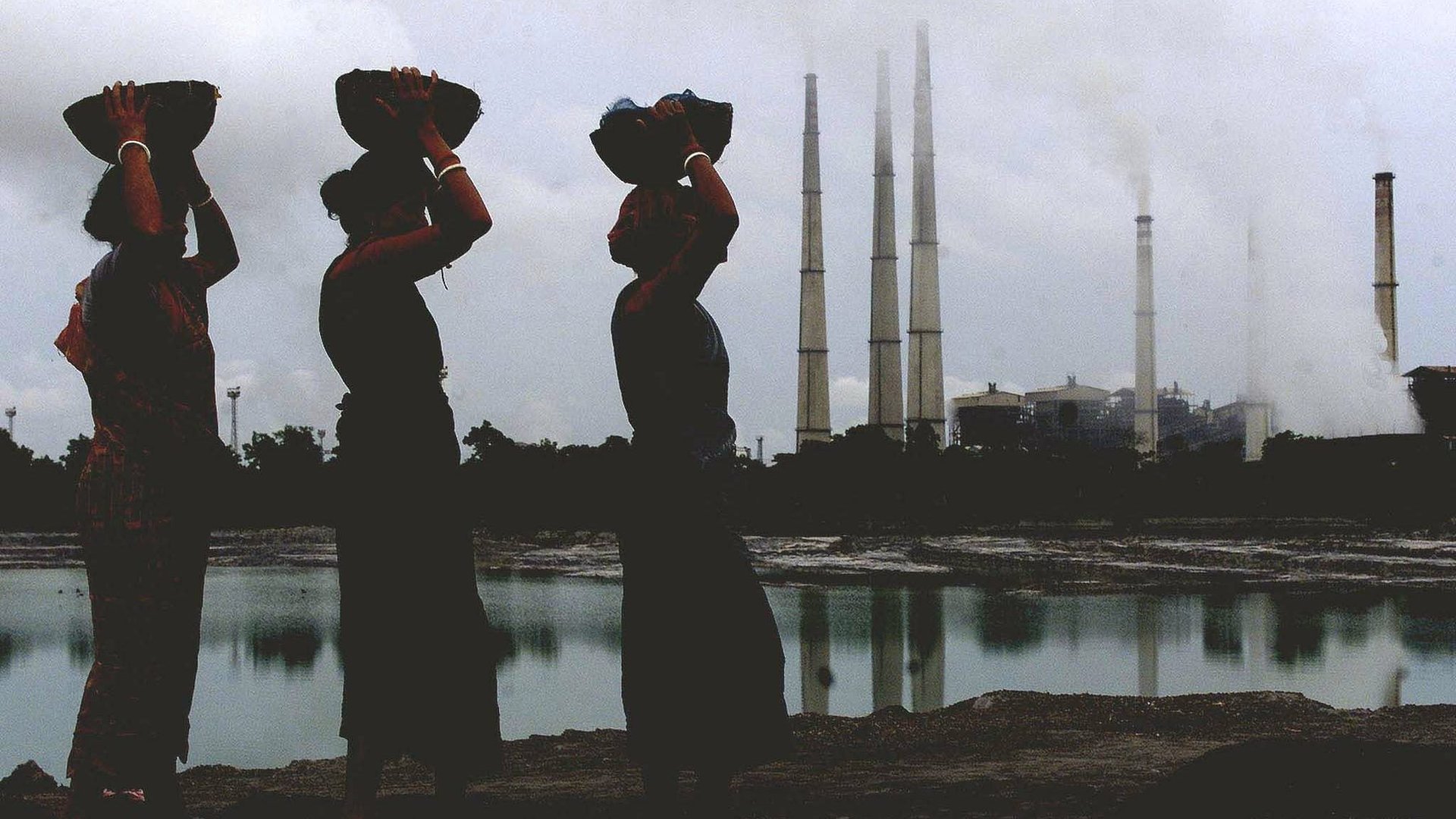Thermal power plants have now lost their cost advantage to renewable energy
Renewable energy is coming of age in India. In a clear sign of their technological evolution, clean energy techniques have gained a cost advantage over coal-fired plants.


Renewable energy is coming of age in India. In a clear sign of their technological evolution, clean energy techniques have gained a cost advantage over coal-fired plants.
Up to 62% of India’s existing coal capacity is now running at a cost higher than that of building new solar and wind capacity, according to a global study of 6,685 coal plants by Carbon Tracker Initiative, a London-based think tank.
The reasons include a nearly 50% decrease in renewable energy prices in India over the last five years, along with a surge in coal prices in recent months.
Prime minister Narendra Modi’s government has also aggressively pushed for renewable energy. One of India’s key commitments in the Paris Agreement is to generate 40% of its electricity from renewable sources by 2030—a goal it may achieve even a decade in advance. Solar capacity in the country has grown four times over to 22 gigawatts (GW) since 2014. In comparison, coal capacity has only grown by 9 GW.
However, India is also the world’s second-largest importer of the fossil fuel, next only to China. In 2017, coal was the source of three-quarters of the total electricity generated in the country. Given its scale and dominance, coal is estimated to remain the main component in India’s energy mix until 2047.
Though the Carbon Tracker study says running coal plants is costlier than replacing them with new clean-energy installations, the transition to renewables will have its bottlenecks in India.
Bumpy ride
Unlike coal, which can be burnt to produce power any time, solar and wind resources require energy storage capacities to kick off on a cloudy or a non-windy day.
Such storage needs increase the cost of adopting renewable energy.
According to research firm Bloomberg New Energy Finance, “wind-plus-battery and solar-plus-battery systems in India have wide cost ranges, of $34-$208 per MWh (megawatt hour) and $47-$308 per MWh respectively, depending on project characteristics, but the centre of those ranges is falling fast.” In comparison, the cost of coal is $68 per MWh.
Secondly, a regulated market structure like India gives coal-based power a longer life. In a liberalised energy market like Europe, the less competitive plants would have closed down after losing to renewables, a statement from Carbon Tracker said.
“Consumers and taxpayers are keeping coal profitable in regulated markets by picking up the bill to support uneconomic coal plants. A phase-out could save them billions, but would hit coal owners’ profits,” it said. “If plants are closed in line with the Paris Agreement, the industry could lose… $76 billion in India.”
Matthew Gray, the study’s lead author, also pointed to an “inertia due to lobbying and cronyism” in the country.
“Over the long term, coal power will become a net liability and those politicians in regulated markets who remain wedded to high-cost coal will be forced to choose between subsidising coal generation and power prices, which will impact the fiscal health of the state, or increase power prices,” Gray said.
Besides, the government may find it difficult to walk out of power purchase agreements with coal plants, according to Manu Aggarwal, a programme associate at the Council on Energy, Environment, and Water, a New Delhi-based think tank.
“Even if the government suddenly wants to stop running 62% of the coal capacity, they have to get involved in so many renegotiations of contracts. And how do the banks which invested in these plants recover their money?” Aggarwal asked.